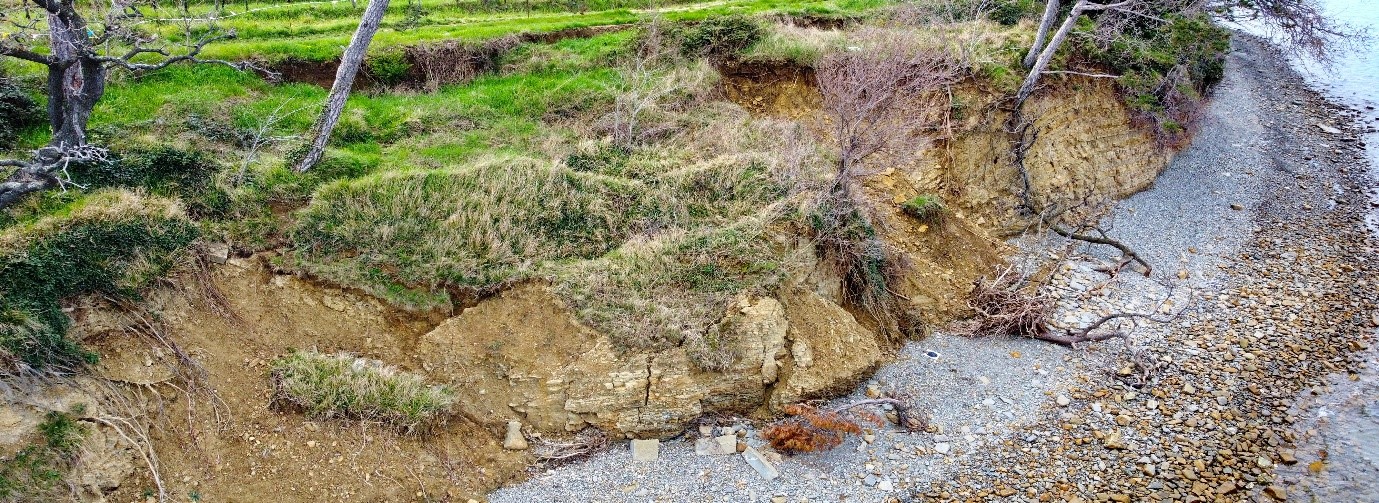Slope processes

Slope processes, also known as mass wasting or slope movements, refer to the downslope movement of soil, rock, and organic materials under the influence of gravity. These processes are a key focus in physical geography due to their role in landscape evolution and their implications for hazard management and sustainable land use. Slope processes are categorized based on the type of material involved, the speed of movement, and the moisture content. They include slow movements like soil creep, and rapid events like landslides, rockfalls, and debris flows, which can occur suddenly.
The significance of studying slope processes in physical geography lies in their profound impact on the landscape and human life. They play a crucial role in the natural sculpting of terrain, contributing to the formation of various landforms such as cliffs, valleys, and hillsides. Understanding these processes allows geographers to reconstruct past landscapes and predict future changes, providing insights into the Earth's dynamic surface.
From a practical perspective, knowledge of slope processes is vital for hazard assessment and management. Areas prone to rapid slope movements can pose significant risks to communities, infrastructure, and resources. By studying these processes, scientists can develop better prediction models, implement effective mitigation strategies, and establish land-use planning guidelines to minimize risks.
Recent projects:
- The impact of climate change on avalanches in Slovenia - Slovenian Research and Innovation Agency - 2022-2025
- Avalanche hazard management using terrain classification analysis - Slovenian Research and Innovation Agency - 2020-2023
Recent outputs:
- Komac, B, Zorn, M (2023). Impact of climate change on snowpack and avalanches in Slovenia : the Soča Valley case study. Geographia Polonica, 96, doi: https://doi.org/10.7163/GPol.0244
- Hrvatin, M, Ciglič, R, Lóczy, D, Zorn, M (2019). Določanje erozije v gričevjih severovzhodne Slovenije z Gavrilovićevo enačbo. Geografski vestnik, 91, doi: https://doi.org/10.3986/GV91206